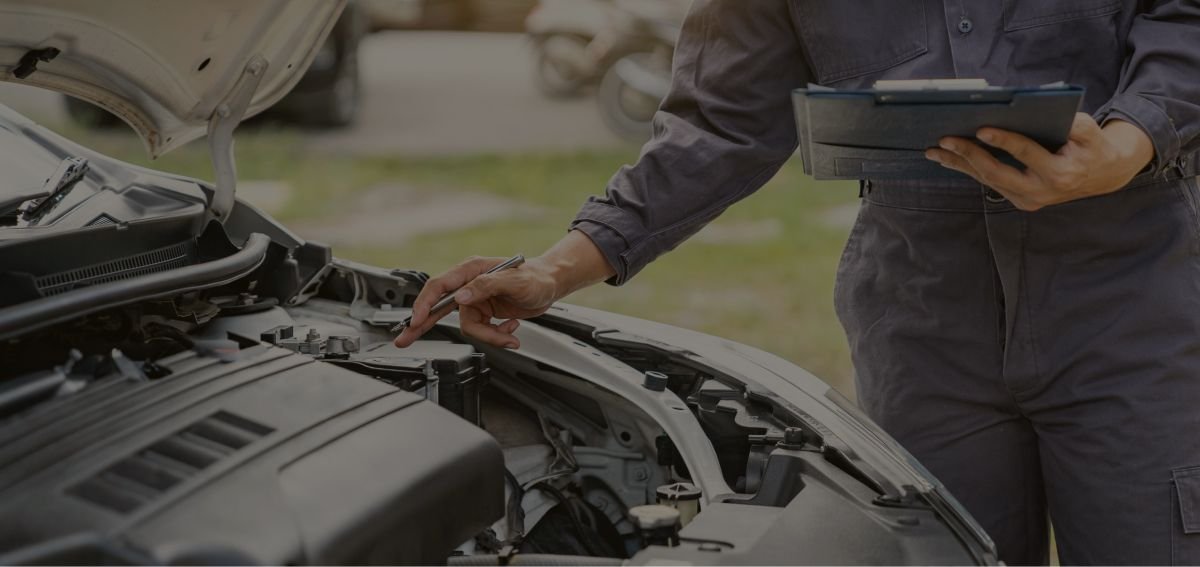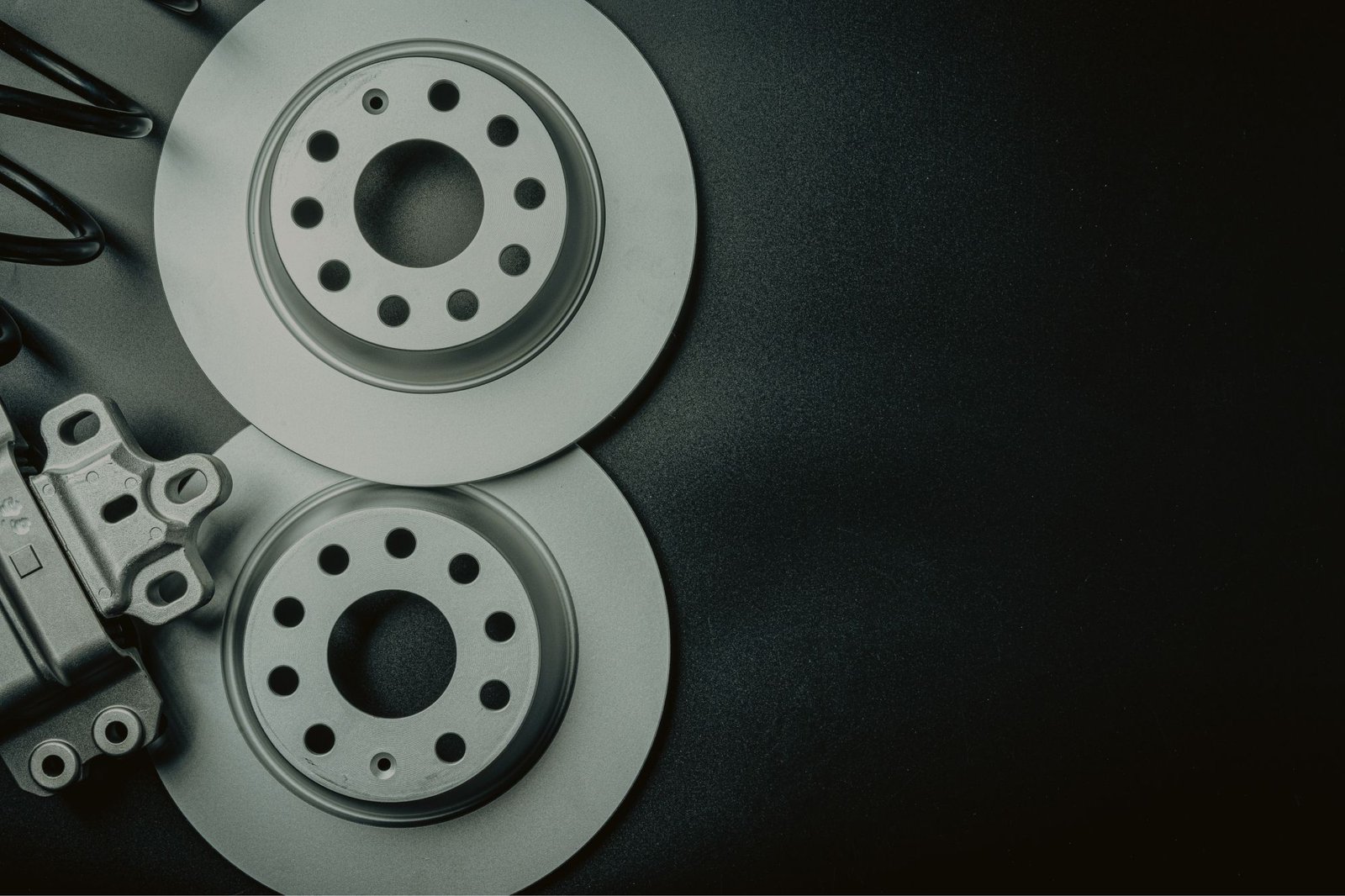
Common Car Problems and How to Fix Them
- ⑊
- on
- ⑊
- No Comments

Every car owner faces issues at some point, but knowing how to address common car problems can save you time and money. This guide highlights frequent automotive issues and provides practical solutions to help you tackle them effectively.
1. Engine Won’t Start
Problem: A car that won’t start can be frustrating. Common causes include a dead battery, faulty starter, or fuel issues.
Solution: Check the battery connections for corrosion and ensure the battery is charged. If the battery is fine, test the starter and fuel pump. Jump-starting the battery may also help.
2. Overheating Engine
Problem: An overheating engine can lead to serious damage. This issue may arise from a coolant leak, faulty thermostat, or a broken water pump.
Solution: Check the coolant level and look for leaks. If the coolant is low, refill it and monitor the system for leaks. Replace the thermostat if it’s stuck closed, and consider a water pump replacement if needed.
3. Brakes Making Noise
Problem: Squeaking or grinding noises when braking can indicate worn brake pads or rotors.
Solution: Inspect the brake pads and rotors for wear. If they are worn down, replace the brake pads and, if necessary, the rotors to ensure safe braking performance.
4. Check Engine Light
Problem: The check engine light can signal various issues, from minor to severe.
Solution: Use an OBD-II scanner to read the error codes associated with the light. Address the specific issue indicated by the code, whether it’s a loose gas cap or a more serious engine problem.
5. Flat Tire
Problem: A flat tire is a common issue that can occur due to punctures or air leaks.
Solution: First, check for visible damage or objects lodged in the tire. If it’s a simple puncture, you may be able to use a tire repair kit. Otherwise, replace the tire with a spare and visit a professional for a permanent fix.
6. Poor Fuel Economy
Problem: If you notice your vehicle is consuming more fuel than usual, it could be due to various factors.
Solution: Check the air filter and fuel filter. A clogged air filter can reduce efficiency, while a dirty fuel filter can hinder fuel flow. Ensure your tires are properly inflated and consider using fuel system cleaners.
7. Battery Issues
Problem: Frequent battery failures can indicate a problem with the battery itself or the charging system.
Solution: Test the battery with a multimeter. If it’s not holding a charge, consider replacing it. Additionally, check the alternator to ensure it’s charging the battery properly.
8. Transmission Problems
Problem: Slipping gears or difficulty shifting can indicate transmission issues.
Solution: Check the transmission fluid level and condition. If it’s low or dirty, a fluid change may resolve the issue. If problems persist, consult a professional mechanic for a thorough diagnosis.
9. AC Not Working
Problem: A malfunctioning air conditioning system can lead to discomfort, especially in hot weather.
Solution: Check the AC refrigerant levels and look for leaks. If the refrigerant is low, recharge the system. If the AC still doesn’t work, the compressor may need inspection or replacement.
10. Suspension Issues
Problem: If your car feels bumpy or makes noise while driving, it may have suspension problems.
Solution: Inspect the shocks and struts for wear. If they are leaking or damaged, replace them. Also, check for worn-out bushings or control arms.
⑊
Latest posts


Top 10 Must-Have Tools for DIY Car Maintenance

How to Identify the Right Replacement Parts for Your Vehicle

Common Car Problems and How to Fix Them
Subscribe
Explore More
Related posts

The latest innovations in auto parts: what you need to know
Sed posuere consectetur est at lobortis lorem ipsum nulla vitae elit libero, a pharetra augue.

How to maintain your vehicle parts for longevity
Sed posuere consectetur est at lobortis lorem ipsum nulla vitae elit libero, a pharetra augue.

Oem parts vs. Aftermarket parts: which is better?
Sed posuere consectetur est at lobortis lorem ipsum nulla vitae elit libero, a pharetra augue.

